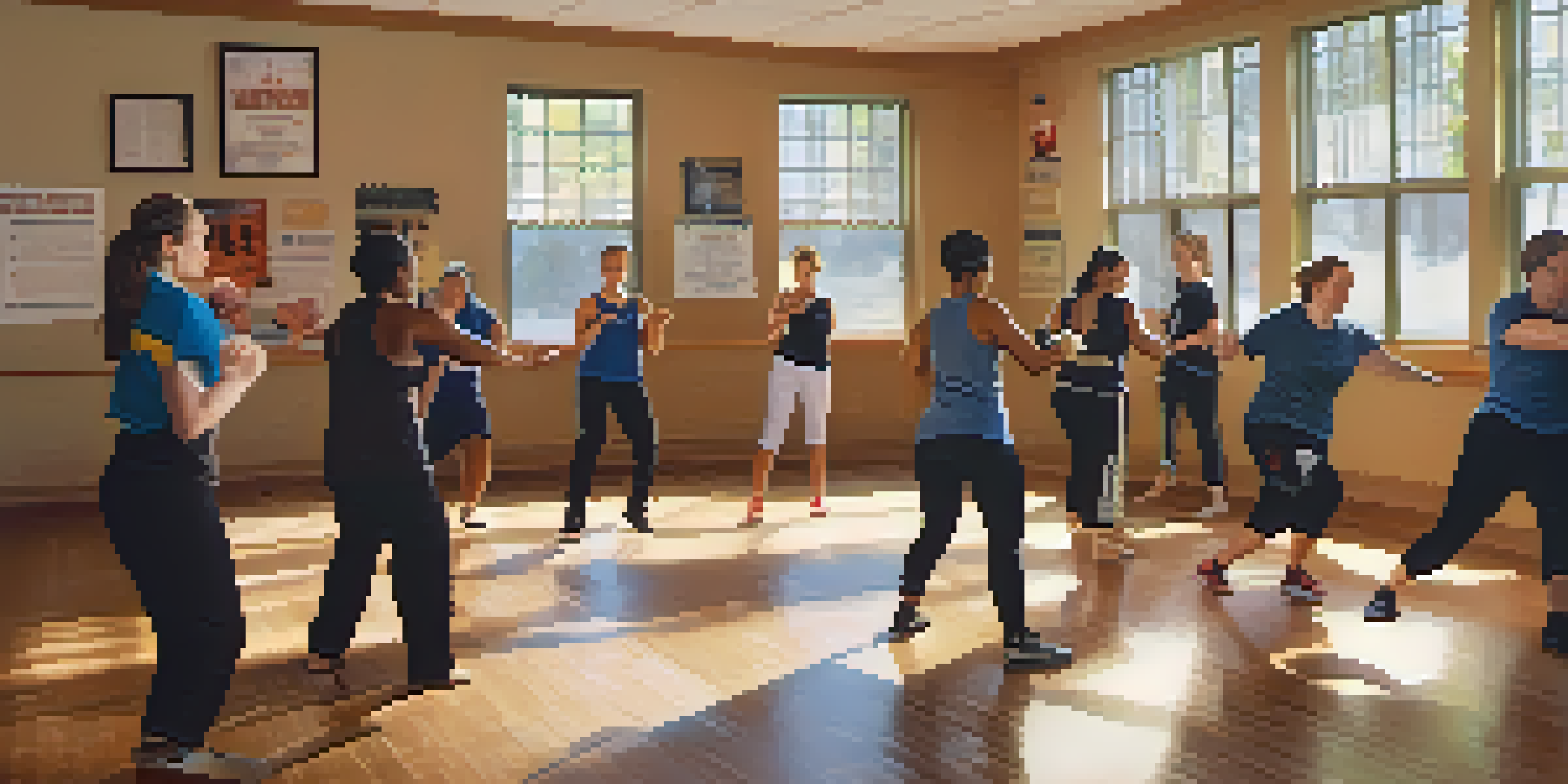The Impact of Gender on Self Defense Experiences

Understanding Self Defense: A Gendered Perspective
Self defense is often perceived through a universal lens, but gender plays a crucial role in shaping experiences. Individuals of different genders may face distinct threats, influencing their approach to self-defense. For instance, women might be more likely to encounter specific forms of violence, prompting them to seek tailored self-defense strategies.
Statistics That Highlight Gender Disparities
Statistics reveal significant gender disparities in self-defense incidents. Reports indicate that women experience higher rates of certain types of violence, such as domestic abuse and sexual assault. These figures underscore the importance of addressing gender-specific needs in self-defense training and resources.
Gender Shapes Self-Defense Needs
Different genders face unique threats, influencing their approach and strategies for self-defense.
Cultural Influences on Gender and Self Defense
Cultural attitudes towards gender can profoundly influence self-defense experiences. In some cultures, traditional gender roles may discourage women from learning self-defense, while men might feel pressured to adopt aggressive postures. These cultural norms shape individuals' perceptions of their own capabilities in self-defense situations.
Physical Training: Gender-Specific Approaches
Training in self-defense can differ based on gender, reflecting varying physical abilities and comfort levels. For example, self-defense courses for women often emphasize techniques to escape from larger attackers, while men might focus on striking techniques. Tailoring training to the unique experiences of different genders can enhance effectiveness and confidence.
Cultural Norms Impact Self-Defense
Cultural attitudes towards gender can discourage or pressure individuals in their self-defense training and perceptions.
Psychological Factors: Fear and Confidence
Gender can also affect psychological factors surrounding self-defense, such as fear and self-confidence. Women may experience heightened anxiety about potential threats, impacting their willingness to engage in self-defense scenarios. Conversely, societal expectations often encourage men to project confidence, which can influence their approach in high-stress situations.
Support Systems and Resources for Different Genders
Access to support systems and resources can vary significantly by gender in the context of self-defense. Women may benefit from organizations that focus on empowerment and safety, while men might not have as many tailored resources available. Developing inclusive support systems can help bridge these gaps, ensuring everyone has access to necessary information and training.
Community Enhances Safety Training
Collective community efforts in self-defense training foster inclusivity and create safer environments for all.
The Role of Community in Self Defense Training
Community plays a vital role in shaping self-defense experiences across genders. Local workshops and training sessions can foster a sense of belonging and shared purpose, encouraging individuals to learn together. When communities come together to support self-defense initiatives, they create safer environments for all genders.
Towards an Inclusive Self Defense Approach
An inclusive approach to self-defense recognizes the diverse experiences of all genders. By addressing the unique challenges faced by different groups, training programs can become more effective and accessible. Ultimately, creating a supportive environment for everyone empowers individuals to take control of their safety, regardless of gender.